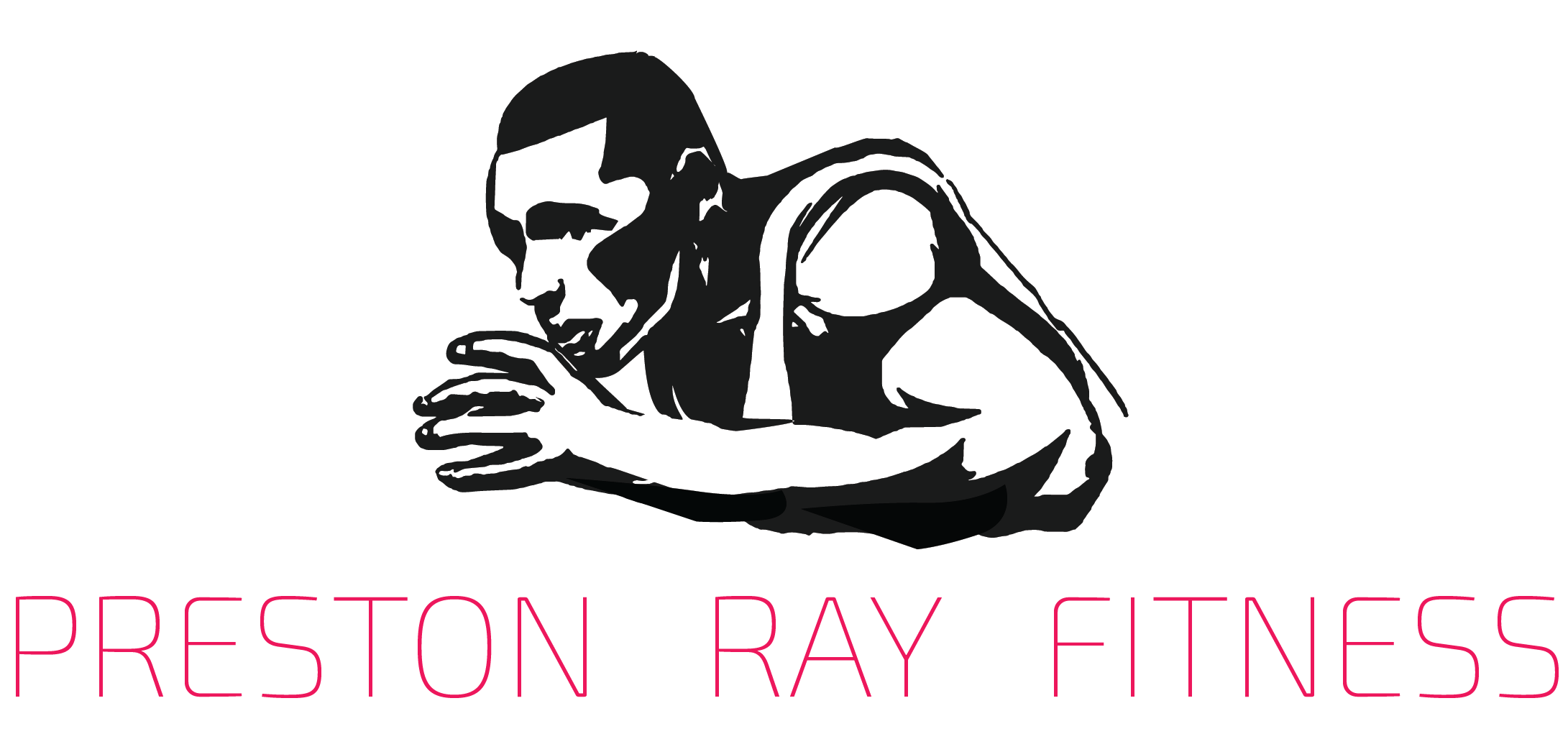Being a Personal trainer, runner, and soon to be Sports Performance Specialist, aerobic endurance training in the form of running is a topic that is of great interest to me. And I am not alone. According to the Sports and Fitness Industry Association’s 2020 report, about 50 million Americans or 15 percent of the US population participate in some form of running or jogging (Galic, 2022). That being written, it is vitally important to know the pros and cons of Aerobic training for runners and non-runners alike if I am to serve professionally and effectively.
Today in the US the most popular race is the 5K (3.1mi) and the second most popular race is the half marathon. The average time for the 5K is 34 minutes for men and 40 minutes for women. To place in the top 1% of 5k racers in America you would have to finish faster than 18:24 (Galic, 2022). These statistics are helpful because they let us know how we stack up to our peers who I shall call Joe’s, as well as the Pros who are undoubtedly are part of the 1% who can run 3.1 miles in 18:24 or even less. Let’s examine endurance training to find out how we can improve and maybe one day end up in the top 1% of endurance runners.
In a recent study conducted by Prieto-Gonzalez et al., it was proven that concurrent training consisting of running-specific strength training and endurance training was superior to running-specific strength training and endurance training alone. 30-40 male endurance runners were tested anthropometrically for body mass, body mass index, body fat percentage and lean mass. Performance related variables included countermovement jumps, 1RM squats, running economy at 12 and 14km/hr, VO2 max, and anaerobic threshold. The men who participated in strength related and endurance training concurrently outperformed the strength only and endurance only groups (2022).
In another study conducted by the International Journal of Sports Physiology and Performance, similar results were found to be true for a group of 16 moderately conditioned endurance runners. “Combining a 6-week resistance-training program with endurance training significantly improves 5-km time trial performance. Removing strength training results in some loss of those performance improvements” (Karsten et al., 2016).
If you are interested in not only taking your running efficiency to a higher level by increasing VO2 max and mitochondrial involvement, but also becoming a better overall athlete in the process, it would behoove you to add strength training to your program design. Strength training combined with endurance training improves many more sports performance factors than those related to running alone.
References
Galic, 2022, LiveStrong.com, https://www.livestrong.com/article/13730338-running-statistics/
Prieto-Gonzalez, P., Sedlacek, J., (2022). Effects of Running-Specific Strength Training, Endurance Training, and Concurrent Training on Recreational Endurance Athletes’ Performance and Selected Anthropometric Parameters, International Journal of Environmental Research and Public Health. 19 (17).
Karsten, B., Stevens, L., Colpus, M., Larumbe-Zabala, E., Naclerio, F., (2016). The Effects of Sport-Specific Strength and Conditioning Training on Critical Velocity, Anaerobic Running Distance, and 5-KM Race Performance. International Journal of Sports Physiology and Performance, 2016, 11, 80-85. https://journals.humankinetics.com/view/journals/ijspp/11/1/article-p80.xml








Recent Comments